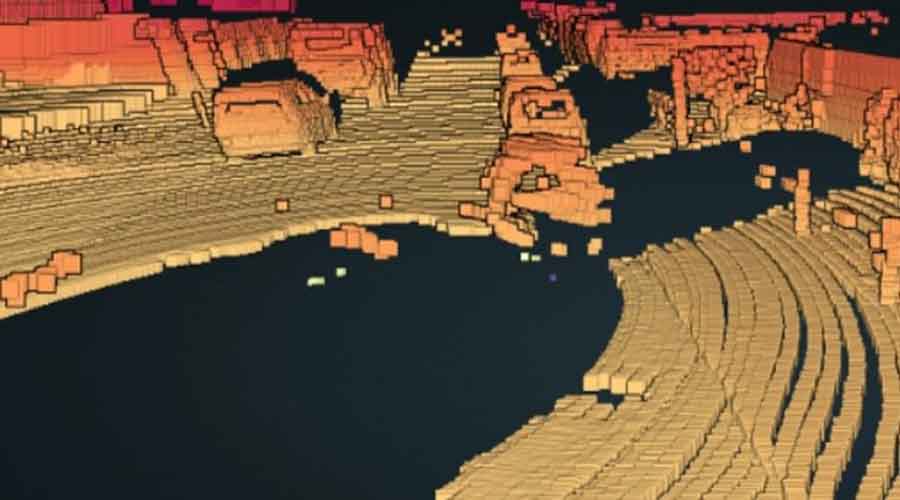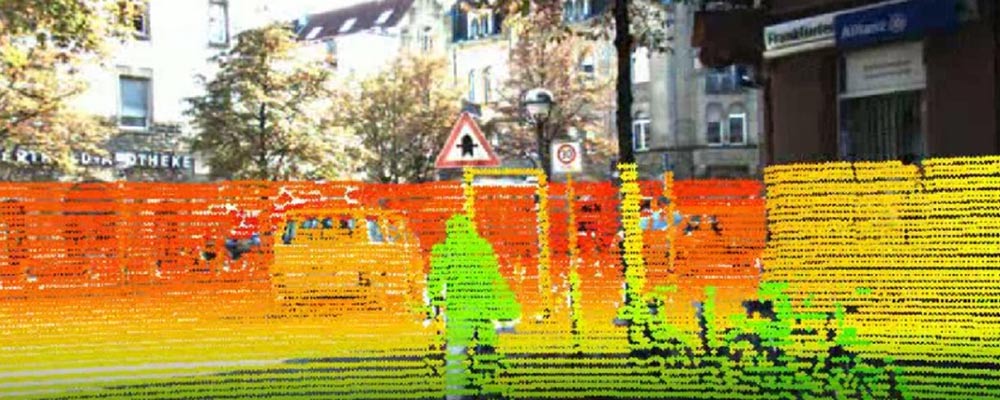Your car now knows its surroundings – Thanks to sensor data fusion
Our cars can now park on their own. The current technology and various sensors even allow them to drive autonomously. Every day we hear about new achievements in driving automation. Multiple sensors on vehicles generate lots of data. As a result, your car can sense its surrounding. Sensor data fusion opens up new possibilities in the automotive world.

Furthermore, individual sensors are not capable of working independently. The sensor data fusion combines all the data streams coming from different sensors. It also incorporates the benefits of measuring principles. Hence, the fusion of data provides the most accurate and reliable data in the best possible way. The data fusion of multiple sensors provides accuracy, more range, and reliability in data. It also gives the ability to verify various objects in the car’s vicinity. The measuring principles play a crucial role in object identification.
The Radar and Multipurpose camera Goes Hand-in-Hand
The radar sensor works on radio frequencies. This sensor can measure longitudinal distance in any weather condition. It can also measure speeds. Thanks to radio frequencies. The multipurpose camera, on the other hand, measures lateral distances. The level of precision in multipurpose cameras is very high.
Furthermore, the LED flicker mitigation mode in multipurpose cameras can detect flickering lights precisely. So, the camera can easily capture pulsating traffic sign lights, brake lights, turn signals, and so on. Moreover, the camera captures these lights precisely without any over-saturation.
In addition, with the advent of AI, you can detect lane markings irrespective of boundaries and lines. As a result, more functions are available at your disposal in real-time. The powerful algorithms and programs in sensor data fusion technology can detect objects easily. Furthermore, these objects are then classified and can be tracked precisely. Hence, the fusion of data brings a powerful image of the surroundings. Additionally, this data is real-time data. So, vehicles can make accurate decisions based on changing driving and surrounding conditions.
Advantages of fusing radar sensor and multi purpose camera sensor
The fusion of radar sensors and multipurpose camera sensors allows easy implementation of safety and assistance functionalities. We can take the example of Automatic emergency braking (AEB). The AEB avoids possible collision with another vehicle or pedestrian. So, if the driver doesn’t react on time in the rear-end collision and both sensors detect objects, the driver assistance system kicks in. It applies emergency brakes quickly. All this happens in a fraction of a second. So, sensor data fusion increases the convenience and comfort of driving.
Furthermore, in the case of adaptive cruise control, the multipurpose camera provides speed and lateral distance data. So, if other cars enter the lane, the system detects it much earlier. Hence, the vehicle can make dynamic decisions. Furthermore, with the help of radar, the car automatically detects the lane in which the cars ahead are driving, improving the ACC system. Additionally, the radar system can also adapt to speed limits detected by the camera, enhancing driving dynamics further. Thus, sensor data fusion takes the safety and reliability of driver assistance systems to the next level.
In addition, sensor data fusion also aids in automated driving. The radar and camera sensors detect moving and stationary objects. The system also detects lane markings & speed limits. So, the vehicle can detect its precise position in its surrounding. The fusion of data provides a high degree of localization. It provides exact data of surroundings. It also keeps on constantly updating in real-time – thanks to data fusion.
New age parking with near range camera and ultra sonic sensor
Nowadays, parking has become a nightmare. We have tiny and tight parking spaces. Ultrasonic sensors are handy in such situations. Ultrasonic sensors emit short ultrasonic impulses. These impulses are reflected by obstacles back to sensors. Furthermore, sensors record these echoes, and the control unit evaluates them. As a result, you can detect objects very fast.
Furthermore, the near-range cameras have CMOS technology. CMOS means Complementary Metal-Oxide Semiconductor. This technology enables state-of-the-art image quality in low-light and very bright light conditions. Thus, you can combine a near-range camera with an ultrasonic sensor and a control unit to help solve parking problems.
In addition, automated parking technologies such as remote park assist are possible due to sensor data fusion. The combination of a near-range camera, ultrasonic sensor, and control unit can generate a precise image of surroundings. Furthermore, various sensors can also create a three-dimensional image of the surrounding. These sensors can detect other people, markings, and objects in parking spaces. So, automated parking is possible. Furthermore, the system can also trigger Automatic Emergency Braking if someone suddenly reverses or any pedestrian approaches suddenly, thanks to sensor fusion.
The multi-camera system is also helpful for trailer assistance. For example, these cameras play a crucial role while reversing a trailer. Generally, trailers have lots of blind spots, and you can overcome these blind spots by fusing data from sensors and cameras. So, the system supports the driver in critical maneuvers like reversing the trailer on narrow roads.
Advantages of sensor data fusion
The most crucial advantage is more reliability and accuracy in data. As a result, you can park safely without any stress. The fusion of data streams creates more reliable and accurate data. So, you will have more accurate and precise measurements. The whole fusion process increases the overall performance of the system. It also increases the range of measurements around the vehicle.
In conclusion, sensor data fusion helps in improving the performance and reliability of driver assistance systems. All these technologies allow safe driving every day.
For more information, please click here.
Image and video courtesy: Xavier Rigoulet
Watch Sensor Data Fusion in action:
Read on: Car sensors used in automobiles >>
